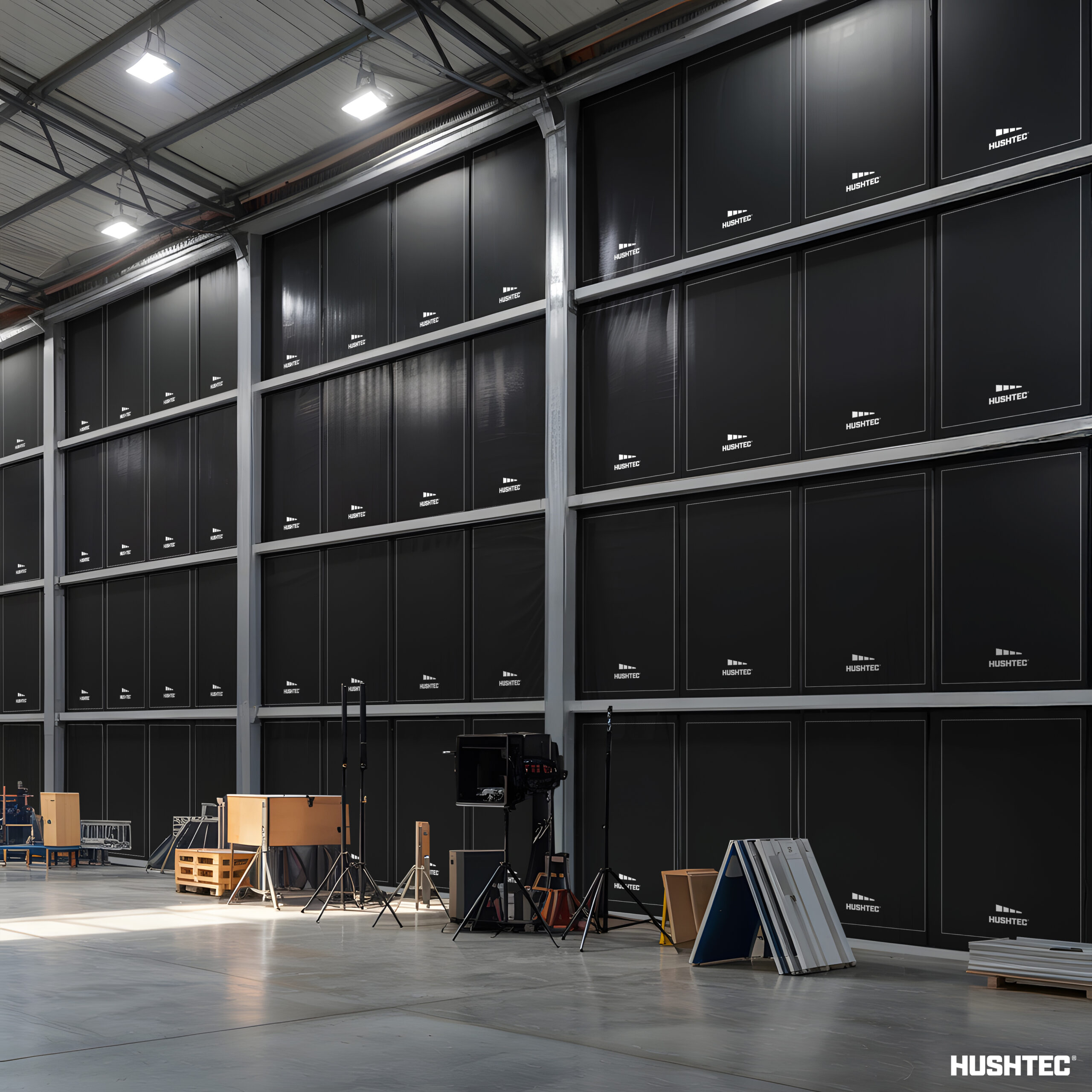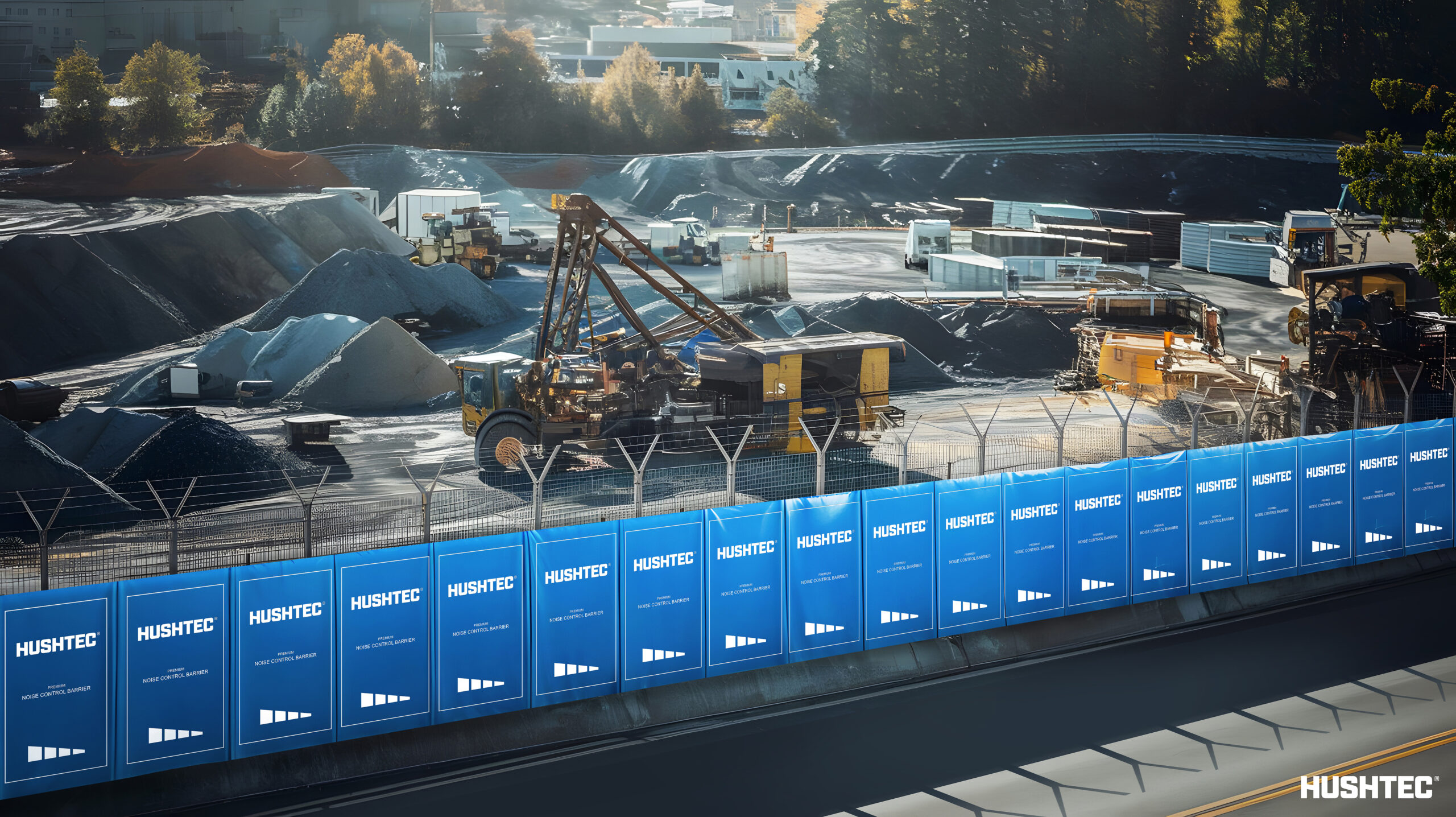
The Silent Crisis: How Noise Pollution is Threatening Marine Life

The vast expanse of our oceans has long been viewed as a realm of serene silence. However, beneath the waves, a cacophony of human-made noise is creating a crisis for marine life. From the rumble of ship engines to the explosive blasts of seismic surveys, anthropogenic noise is dramatically altering the underwater soundscape, with far-reaching consequences for ocean ecosystems.
The Importance of Sound in Marine Environments
For many marine species, sound is essential for survival. It’s used for:
- Communication between individuals and groups
- Locating food sources
- Avoiding predators
- Navigation
- Finding mates
Unlike light, which doesn’t travel far underwater, sound can propagate over vast distances in the ocean. This makes it a crucial sensory input for marine life [1].
Sources of Ocean Noise Pollution
The main contributors to underwater noise pollution include:
- Shipping traffic
- Seismic surveys for oil and gas exploration
- Naval sonar operations
- Offshore construction (e.g., wind farms, oil rigs)
- Underwater explosions
- Recreational boating
Impacts on Marine Life
1. Behavioral Changes
Noise pollution can cause significant behavioral alterations in marine species:
- Whales and dolphins may change their migration routes to avoid noisy areas, even if these are important feeding or breeding grounds [3].
- Fish have been observed to reduce their foraging activities in the presence of boat noise.
- Some species may increase their anti-predator behavior, leading to reduced feeding time [1].
2. Communication Disruption
Anthropogenic noise can mask the sounds used by marine animals to communicate:
- Whales and dolphins may have to ‘shout’ to be heard over background noise, expending more energy.
- Some species may shift the frequency of their calls, potentially reducing the effectiveness of their communication [1].
3. Physical Harm
Intense noise can cause direct physical damage to marine life:
- Loud sounds can cause temporary or permanent hearing loss in marine mammals and fish.
- In extreme cases, such as with military sonar, it can lead to fatal injuries in whales and dolphins, including hemorrhaging in vital organs [3].
4. Ecosystem-wide Effects
The impacts of noise pollution extend beyond individual species:
- Noise can affect the entire marine food web, from plankton to top predators.
- It can disrupt important ecosystem processes like nutrient cycling and water filtration [2].
5. Reproduction and Development
Noise pollution can have long-term effects on marine populations:
- It can reduce reproduction rates in some species, such as the brown shrimp [2].
- Noise exposure during larval development can lead to increased body malformations in some invertebrates [2].
Case Study: Impact on Whales
Whales are particularly vulnerable to noise pollution due to their reliance on sound for communication and navigation:
- Naval sonar has been linked to mass strandings of beaked whales.
- Shipping noise can reduce the communication range of endangered blue whales, affecting their feeding behavior [1].
- Noise from seismic surveys can cause whales to abandon their habitat for years [3].
The Broader Environmental Impact
The effects of noise pollution extend beyond marine life:
- By disrupting the behavior of plankton and other small organisms, noise can affect the ocean’s ability to absorb carbon dioxide, potentially exacerbating climate change [2].
- The reduced productivity of marine ecosystems due to noise pollution could impact global food security.
Solutions and Future Directions
Addressing ocean noise pollution requires a multi-faceted approach. While policy changes and regulations are crucial, innovative technological solutions also play a vital role. One company at the forefront of noise control technology is Hushtec, which has the potential to adapt its solutions for marine environments.
Hushtec’s Customized Marine Noise Control Solutions
- Marine-Grade Performance Sound Barriers:
- Adapted with corrosion-resistant materials for saltwater environments.
- Can be installed around offshore oil rigs, wind farms, or other marine industrial operations.
- Underwater Acoustic Panels:
- Specialized panels designed to absorb and deflect underwater sound waves.
- Deployable around busy shipping lanes or near sensitive marine habitats.
- Customized Hushboxes for Marine Equipment:
- Tailored enclosures for ships and offshore platforms to contain noise from generators and engines.
- Designed to withstand harsh ocean conditions while effectively reducing noise emissions.
- Pile Driver Shrouds for Offshore Construction:
- Adapted for use in offshore construction projects, such as wind farm installations.
- Help minimize the impact of pile driving noise on marine mammals and other sea life.
- Transparent Noise Barriers for Research Vessels:
- Modified ClearPlay 360™ barriers for marine research vessels.
- Allow scientists to observe marine life while reducing the vessel’s noise impact.
- Acoustic Tents for Temporary Marine Operations:
- Redesigned for use in temporary marine operations, such as offshore seismic surveys.
- Help contain noise from equipment during short-term projects.
- Customized Hushwalls for Port Facilities:
- Adapted for use in coastal areas and port facilities.
- Reduce noise pollution from port operations that can impact nearby marine habitats.
- Specialized Rock Breaker Shrouds for Underwater Construction:
- Designed for underwater use in marine construction projects.
- Mitigate the impact of underwater demolition and construction noise on marine life.
These innovative solutions, when combined with other measures, can significantly contribute to reducing ocean noise pollution:
- Implementing quieter technologies in shipping and offshore industries.
- Establishing protected areas where noisy activities are restricted.
- Developing international regulations to limit underwater noise levels.
- Investing in research to better understand and mitigate the impacts of noise pollution.
Conclusion
As we continue to rely on our oceans for resources and transportation, it’s crucial that we find ways to reduce our acoustic footprint. The health of our marine ecosystems – and ultimately, our planet – depends on it.
By raising awareness about this often-overlooked form of pollution and implementing innovative solutions like those offered by Hushtec, we can work towards creating a quieter, healthier ocean for all its inhabitants. The adaptation of land-based noise control technologies for marine use represents a promising frontier in the fight against ocean noise pollution.
The challenge of marine noise pollution is significant, but with continued research, technological innovation, and concerted global effort, we can hope to restore the natural soundscape of our oceans, ensuring a vibrant and thriving marine ecosystem for generations to come.
References:
- Southall et al., 2003 [45] – Study on acoustic communication ranges of northern elephant seals
- Codarin et al., 2009 [7] – Study on effects of boating and shipping noise on auditory sensitivity of fish species
- Vasconcelos et al., 2007 [46] – Study on effects of boating and shipping noise on acoustic communication and hearing thresholds of fish species
- Lucke et al., 2009 [48] – Study on effects of seismic air-gun shooting on hearing thresholds of harbor porpoises
- Nachtigall et al., 2004 [49] – Study on effects of experimental noise on hearing thresholds of bottlenose dolphins
- McCauley et al., 2003 [37] – Study on damage to hearing sensory epithelia in fish from seismic air-gun shooting
- Andre et al., 2011 [52] – Study on damage to hearing sensory epithelia in cephalopods from experimental noise
- Guerra et al., 2011 [53] – Study on damage to internal organs of cephalopods from seismic air-gun shooting






